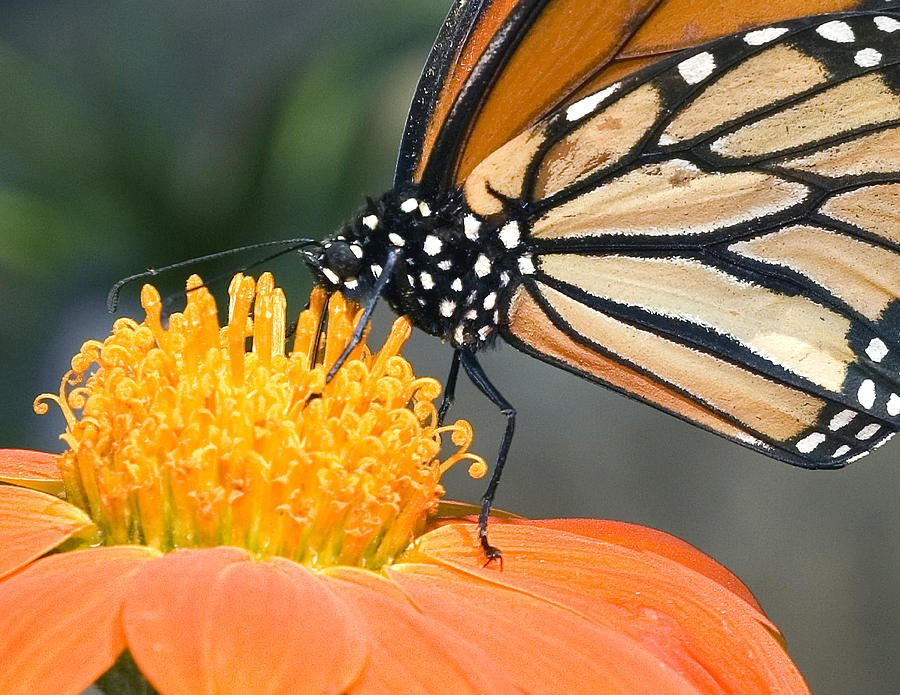In our modern world, where complexities abound in every sphere, people often find themselves standing at crossroads, wondering who holds the solution to pressing problems.
On one hand, we have the top-down approach, where larger institutions and governmental bodies wield vast resources and regulatory powers. On the other, there are grassroots efforts, where individuals and communities make direct interventions.
To navigate the challenges of our times effectively, a blend of these two approaches is essential. Let’s delve into this balance using the case of the humble milkweed seed and its crucial role in saving monarch butterflies.

1. Understanding Top-Down Thinking:
Top-down thinking relies on centralized entities, such as governments, NGOs, or international bodies, to devise and implement solutions. This approach often has the advantage of scale, coordination, and the ability to enforce and regulate. For instance, a government can allocate funds to restore habitats or launch educational campaigns about the importance of biodiversity.
However, top-down solutions can sometimes be disconnected from ground realities or may lack the nimbleness to adapt quickly to localized issues.
2. The Power of Grassroots Efforts:
Contrasting the top-down approach is the grassroots or bottom-up strategy. Here, the local community, having firsthand experience of the issues, takes the initiative. This approach is adaptive, immediate, and often deeply connected to local values and knowledge. Using the milkweed example, a community recognizing the decline in monarch butterfly populations might initiate a local drive to plant more milkweed, the primary food source for monarch caterpillars.
3. The Milkweed Conundrum:
However, herein lies a challenge. Milkweed seeds, like any other resource, aren’t infinite or free. Neither top-down institutions nor grassroots groups can magically produce milkweed seeds without costs. Conservation is a shared responsibility, and the expenses associated with it must be borne collectively.
For top-down entities, distributing free milkweed seeds might seem like a noble idea, but it requires funding for seed collection, storage, distribution, and educational efforts. For grassroots groups, while they might be able to collect seeds locally, there are still efforts in terms of time, land use, and propagation.
4. Striking the Balance:
The optimal solution lies in the intersection of top-down and grassroots approaches. Governments can provide support in terms of resources, policy frameworks, and educational campaigns. At the same time, local communities can take the initiative, ensuring that efforts are tailored to their unique ecological and cultural contexts.
For milkweed and monarchs, this might look like local communities initiating planting drives, while governments or larger organizations support with resources, research, and platforms for knowledge exchange.
Conclusion:
The balance between top-down and grassroots strategies isn’t just about monarchs and milkweed. It’s a blueprint for approaching the myriad challenges our world faces. By recognizing the strengths and limitations of both methods and by fostering collaboration, we can navigate towards solutions that are both effective and sustainable. After all, in the delicate dance of conservation and progress, every step, whether taken by a giant institution or an individual, counts… one day at a time!

Larval Host Plant Seeds
“Butterfly Seeds” encompass both butterfly eggs and seeds for butterfly Larval Host Plants. Each butterfly species’ caterpillar (larva) requires specific Host Plants for nourishment and development. Without these Larval Host Plants, the butterflies cannot live. For example, Monarch Butterflies need Milkweed Plants and Black Swallowtails need plants from the Carrot family to survive and grow.
